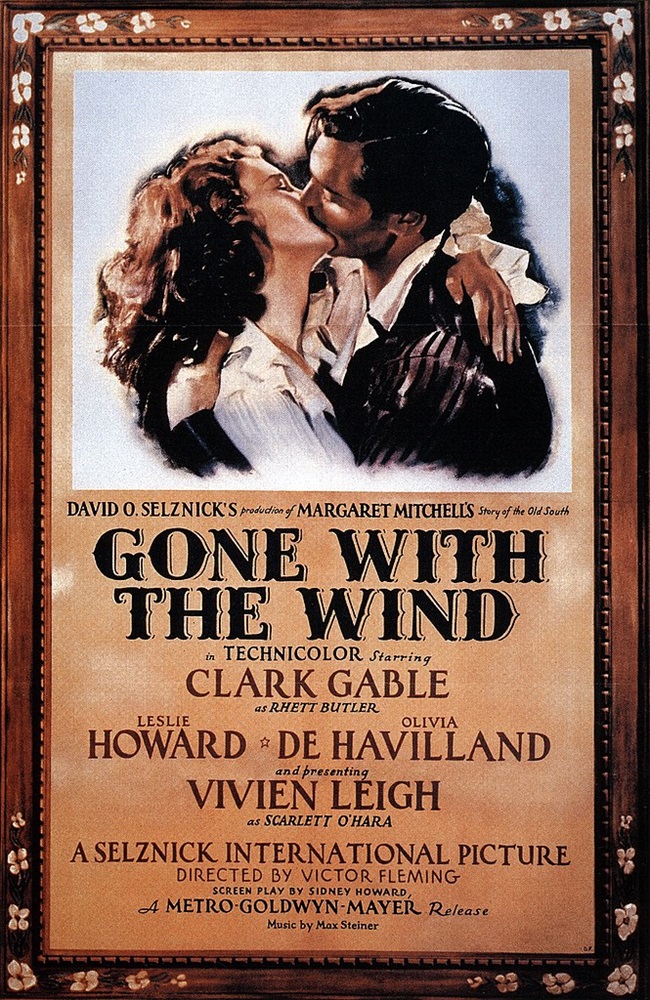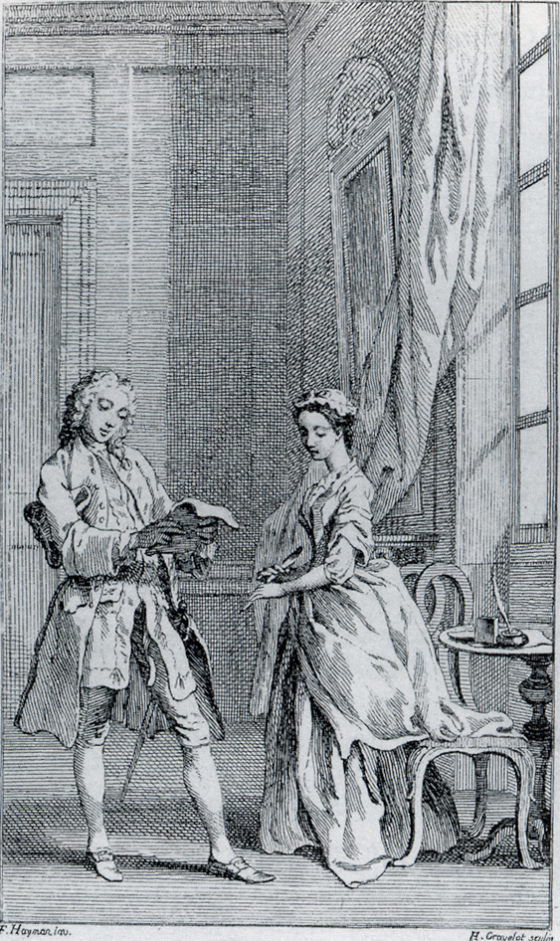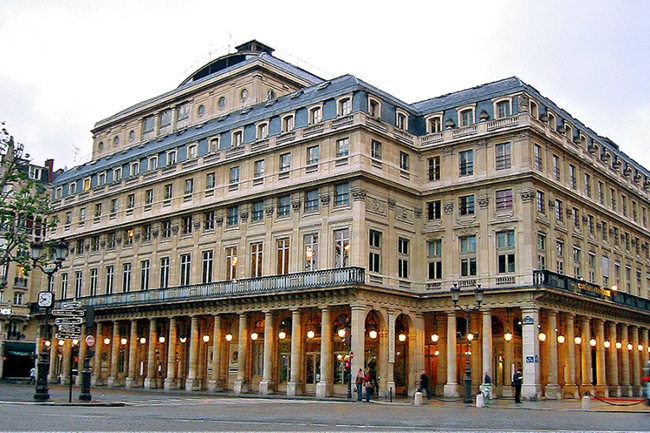The Incredible History of La Comédie Française
- SUBSCRIBE
- ALREADY SUBSCRIBED?
BECOME A BONJOUR PARIS MEMBER
Gain full access to our collection of over 5,000 articles and bring the City of Light into your life. Just 60 USD per year.
Find out why you should become a member here.
Sign in
Fill in your credentials below.
When Gone with the Wind actress Vivien Leigh was immersed in her studies as a young woman, she had a teacher who left an indelible mark on her named Mademoiselle Antoine at La Comédie Française.
The Oscar-winning actress said of that time, “When I was at school at Paris, I had special lessons from Mademoiselle Antoine, an actress at the Comédie Française, and I was taken to every sort of play. I felt very grand.” Gone with the Wind was one of several book-to-film adaptations starring Leigh, including Anna Karenina and A Streetcar Named Desire. Her explosive career, with tinges of literary leanings, had its early start at an oft-overlooked place in Paris: La Comédie Française.
La Comédie Française is the oldest active theater company in the world; it was founded in 1680. It’s also one of the few state theaters in France, and it has an incredible history.

Film poster for Gone with the Wind, 1939. Public domain.
Literary Connections of La Comédie Française
Vivien Leigh is not the only famous name that was touched by the influence of La Comédie Française. In fact, this stalwart Parisian institution has deep literary ties.
La Comédie Française has been known under many different names. It’s been called “Théâtre de la République,” “Théâtre-Français,” and “La Maison de Molière,” thanks to its ties to the famous French playwright of the same name. Molière was the stage name of Jean-Baptiste Poquelin; he was not only a playwright but also an actor, a poet, a writer, and is regarded as one of the most important French writers of all time. Born in Paris, on Rue Saint-Honoré, in 1622. The writer’s most famous works included “The Misanthrope,” “The School for Wives,” “Tartuffe,” “The Imaginary Invalid,” and “The Bourgeois Gentleman.”
Molière is regarded as the patron of French actors, and he passed away at 51 years old in 1673, years before his troupe was dubbed “Comédie Française.” In 1680, his troupe gave its first performance, performing works by the late Molière.
While Molière is undoubtedly one of the most famous French literary names tied to the theater, there are other noteworthy writers, too. Honoré de Balzac and Emile Zola, for example, had their work presented onstage at this French institution.

Molière (1622-1673) in the role of Caesar in “The Death of Pompey,” portrait by Nicolas Mignard. 1658. Public domain.
History of La Comédie Française
Founded in 1680, the theater was the product of a decree from Louis XIV to merge the two Paris acting troupes of that era: the troupes from the Guénégaud Theatre and the Hôtel de Bourgogne.
The theater La Comédie Française was frequented by members of the French upper class and nobility. Primarily because, at the time, a theater ticket was extremely expensive and common people could rarely afford it.
In 1790, La Comédie Française did something bold and daring for the time: It put on a play with a cast of only women. This was groundbreaking at the time. The play was “Le Couvent, ou les Fruits du caractère et de l’éducation” by Pierre Laujon.

Interior of the Comédie-Française in 1790. Public domain
During the French Revolution, the theater was closed due to the performance of a provocative play called “Pamela” (also called “Virtue Rewarded”), written in 1740 by Englishman Samuel Richardson. Shockingly, the French actors who performed in “Pamela” at La Comédie Française were put in jail (and later released). The year the French Revolution ended, in 1799, the new government permitted the theater to reopen and the actors to resume making art.
In more recent times, during the Covid-19 pandemic, La Comédie Française – like most theaters around the globe – was forced to close its physical location temporarily. In lieu of onstage performances, La Comédie Française gamely put on an online theater program to the delight of many of the theater’s fans. It’s reported that attendance for the online shows during the pandemic was very high, and that the programming was well-received.

A plate from the 1742 deluxe edition of Richardson’s ‘Pamela’; or, Virtue Rewarded showing Mr. B intercepting Pamela’s first letter home to her mother. Public domain/ Wikimedia commons
Visiting La Comédie Française
Located conveniently in the 1st arrondissement of Paris, La Comédie Française is situated at 2 Rue de Richelieu.
If you wish to attend a show at the theater, visit their website to make a booking. It’s sure to be a magical – and historic! – experience.
View this post on Instagram
Lead photo credit : La facade de la Comedie-Francaise, seen from the Avenue de l'Opéra, 2007. Photo Credit: Dottore Gianni
More in La Comedie Francaise, Palais Royal, Salle Richelieu, theatre




